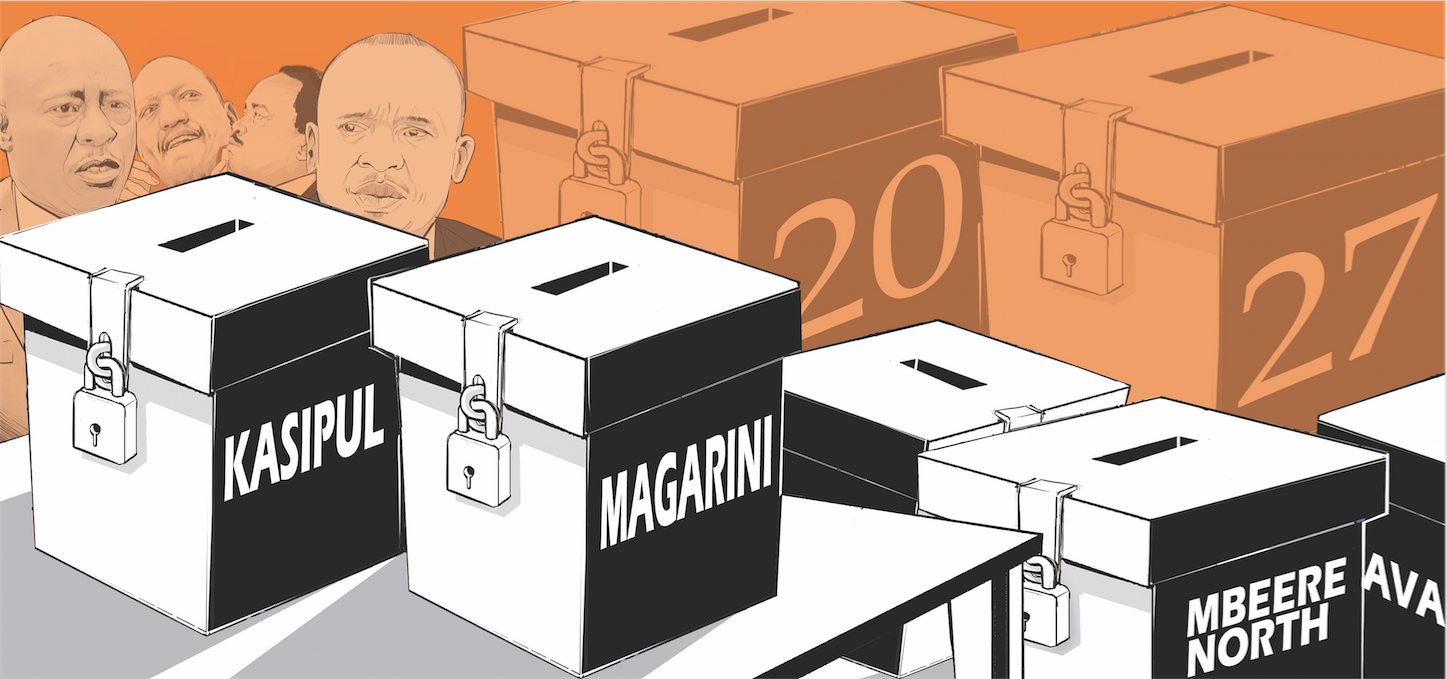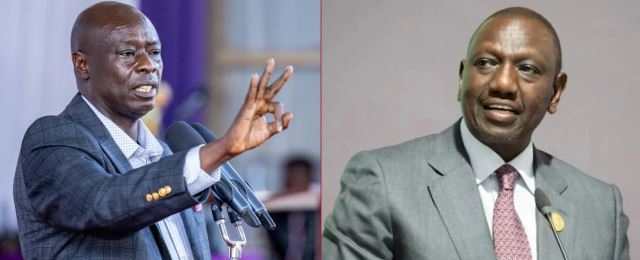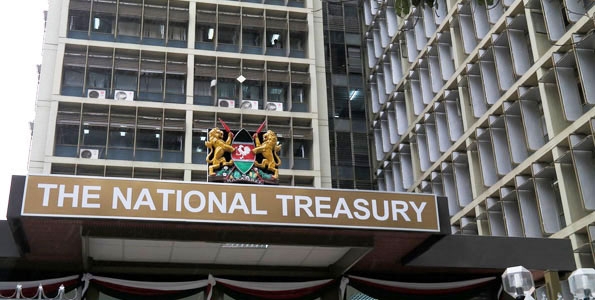

As Kenya approaches the November 27 by-elections, the country stands at a critical political crossroads. What might ordinarily be routine local contests have escalated into a high-stakes showdown between President William Ruto’s broad-based government and the united opposition led by Kalonzo Musyoka and former Deputy President Rigathi Gachagua.
Across 20 electoral areas—including six parliamentary seats, one senatorial race in Baringo county and several ward representative by-elections—voters are not just choosing local leaders; they are shaping the balance of power that will define the political terrain heading into 2027.
These by-elections are also a litmus test for the Independent Electoral and Boundaries Commission. How effectively the commission manages logistics, ensures transparency and maintains public confidence will have ramifications not only for the immediate results but for the credibility of the 2027 general election. Observers and political operatives alike will be scrutinising every move, every tally, and every decision.
In Mbeere North, the race has become emblematic of Mt Kenya East power dynamics. Deputy President Kithure Kindiki spearheads the UDA campaign, while Gachagua anchors the opposition challenge.
The main contenders—Leo Muriuki Muthende of UDA, aligned with the government, and Newton Kariuki “Karish” of Democratic Party, backed by opposition forces—are fighting not just for a parliamentary seat but for regional dominance. Victory here will reverberate far beyond the constituency, signalling which faction commands Mt Kenya East and testing internal cohesion in one of Kenya’s most politically influential regions.
Kasipul, historically an ODM bastion, is now a litmus test for the party following the passing of Raila Odinga. Boyd Were of ODM defends the seat against independent challenger Philip Aroko, whose candidacy exposes vulnerabilities within ODM’s grassroots support. This contest will reveal whether ODM retains its authority post-Raila or whether opposition forces can chip away at its influence in a region long loyal to the party.
In Malava, Western Kenya, the stakes are equally high. David Athman Ndakwa of UDA represents the government side, while Seth Kuka Panyako of DAP-K drives the opposition campaign. The race underscores shifting political dynamics in Western Kenya, testing the opposition’s capacity to challenge the ruling coalition outside its traditional strongholds and highlighting the fluidity of alliances at the grassroots.
Meanwhile, in Baringo, the senatorial contest has effectively become a UDA stronghold. Former Senator Gideon Moi of Kanu withdrew from the race, throwing his weight behind President Ruto. This strategic move strengthens UDA’s grip in Rift Valley and underscores the broad-based government's organisational discipline and political cohesion. It also reflects ongoing realignments that are reshaping Kenya’s political map as 2027 looms.
Beyond these headline parliamentary and senatorial contests, numerous ward representative by-elections will take place. Though smaller in scale, these races are critical for shaping county level power, testing party machinery and providing early indicators of voter sentiment that could influence the general election. Emerging leaders in these wards may also signal shifts in regional loyalties, offering momentum for larger battles ahead.
Taken together, these by-elections are no longer local skirmishes; they are the first clear gauge of government versus opposition strength—and a pivotal measure of IEBC’s credibility. Success for the broad-based government across its strongholds will reinforce a narrative of unity, momentum and strategic dominance. Conversely, victories by the united opposition could energise Kalonzo and Gachagua’s coalition, reshaping alliances and introducing new pressure points into the political calculus.
For voters, the stakes could not be higher. Mbeere North will reveal Mt Kenya’s internal power dynamics; Kasipul will test ODM’s post-Raila clout; Malava will show the opposition’s resilience in Western Kenya; Baringo consolidates UDA’s Rift Valley influence with Kanu alignment; and ward contests will spotlight grassroots strength and emerging political talent.
How the IEBC navigates these contests will also determine public confidence in Kenya’s electoral system. The decisions made at the ballot box this Thursday will define the broad-based government's political capital, signal the opposition’s challenge capacity and set the stage for 2027. These contests are a preview of the battles to come, with outcomes that will reverberate across Kenya—shaping alliances, leadership ambitions, and the nation’s political direction.
Strategic advisor and expert in leadership and governance.
















![[PHOTOS] Family, friends receive body of Raila’s sister, Beryl](/_next/image?url=https%3A%2F%2Fcdn.radioafrica.digital%2Fimage%2F2025%2F11%2Fdfe6a9bf-ede1-47a4-bdc0-4f564edb03dd.jpeg&w=3840&q=100)

